Module Assembly Best Practice
This module assembly framework has been developed as a guideline to assist all module stakeholders in developing their own project specific module assembly plan. Rather
This module assembly framework has been developed as a guideline to assist all module stakeholders in developing their own project specific module assembly plan. Rather
This best practice was first developed in 2004 to support company development of respectful workplace programs. This updated Toolkit released in 2011 remains a best
The purposes of this best practice guideline is to provide a method to track, trend and report on H&S performance using balanced reporting criteria as
In the early 2000s, a disturbing trend was noted: workers who were new on the job (within the initial six months) were more prone to
This collection of best practices provides guides to recruitment and retention of tradeswomen in response to the general increase in shortage of skilled trades people.
The Physical Demands Analysis (PDA) project is a COAA initiative intended to promote industry adoption of fitness testing as part of a well designed safety
Starting in 2003 the COAA Safety Committee and sub-committee identified the top 10 leading indicators affecting safety performance. Individual best practice guidelines were developed for
Industrial Construction Crew Supervisor (ICCS) is a designated occupation administered and certified by the Government of Alberta. It verifies a foreman is knowledgeable in the
This best practice provides methods to measure a foreman’s skill level in six key areas of responsibility. The Foreman Skills Development Tool consists of three
The essential skills for the construction workforce are reading, writing, math, document use, oral communication and English as a Second Language. In 2012, to address

LAND ACKNOWLEDGEMENT
The Construction Owners Association of Alberta recognizes that COAA’s office in Edmonton is located within Treaty 6 Territory and within the Métis homelands and Métis Nation of Alberta Region 4. We further acknowledge that what we call Alberta is the traditional and ancestral territory of many peoples, presently subject to Treaties 6, 7, and 8. Namely: the Blackfoot Confederacy – Kainai, Piikani, and Siksika – the Cree, Dene, Saulteaux, Nakota Sioux, Stoney Nakoda, and the Tsuu T’ina Nation and the Métis People of Alberta. We acknowledge the many First Nations, Métis and Inuit who have lived in and cared for these lands for generations and we are grateful for the traditional Knowledge Keepers and Elders who are still with us today and those who have gone before us. We make this acknowledgement as an act of reconciliation and gratitude to those whose territory we reside on or are visiting.